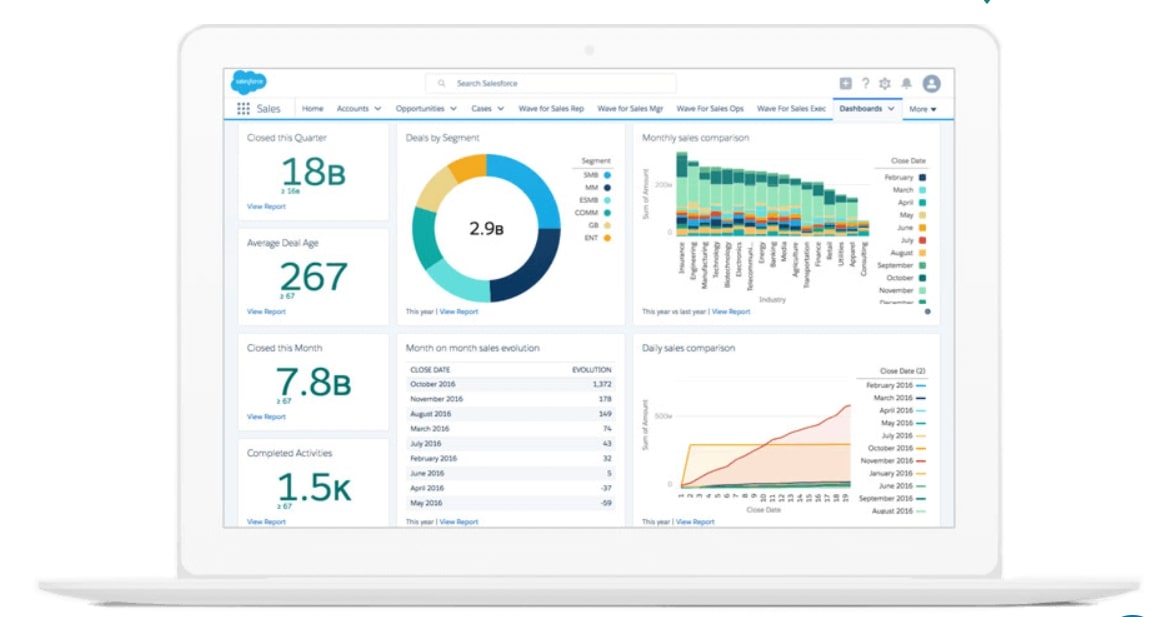Resource planning is a crucial part of project management. It involves identifying the resources required, determining their availability, and allocating them to tasks and activities. Effective resource planning ensures that projects are completed on time, within budget, and to the desired quality standards.
In this comprehensive guide, we will cover everything you need to know about resource planning, from its definition to best practices and tools available. We have gathered information from some of the top resources in the field to provide you with the most engaging, easy-to-follow, and comprehensive article on resource planning.
What is Resource Planning?
Resource planning is the process of determining the resources required to complete a project and allocating them to tasks and activities. These resources can include people, equipment, facilities, and materials. The goal of resource planning is to ensure that the required resources are available when needed, and to avoid over-allocating or under-allocating resources.

Resource planning is an essential part of project management, as it helps to ensure that projects are completed on time, within budget, and to the desired quality standards. Without effective resource planning, projects can experience delays, cost overruns, and quality issues.
Why is Resource Planning Important?
Effective resource planning helps project managers to identify potential resource conflicts and address them before they become problems. It also helps to ensure that resources are used efficiently and effectively, maximizing their contribution to the project’s success.
- Enhances risk management: Resource planning helps project managers to identify resource-related risks and develop mitigation strategies to address them. This leads to better risk management, reducing the likelihood of project failure.
- Improves resource allocation: Through resource planning, project managers can allocate resources based on their availability, skills, and experience. This ensures that the right resources are assigned to the right tasks, leading to improved productivity and quality.
- Increases stakeholder satisfaction: Effective resource planning can lead to better project outcomes, which in turn increases stakeholder satisfaction. This can be critical for building positive relationships with stakeholders and securing future business.
- Enables effective capacity planning: Resource planning enables project managers to determine the capacity of their team and make informed decisions about the timing and scope of projects. This helps to ensure that projects are completed within a realistic timeline and budget.
- Facilitates effective communication: Resource planning requires open and effective communication between project managers and team members. This can facilitate better collaboration, knowledge sharing, and decision-making, leading to improved project outcomes.
Overall, effective resource planning can provide numerous benefits to project managers and their teams. By ensuring that the right resources are available at the right time, project managers can increase productivity, reduce risk, and achieve better project outcomes.
How to Do Resource Planning?
In addition to understanding the importance of resource planning, it is also important to know how to do it effectively. The following section provides a step-by-step guide on how to do resource planning for your project.
- Define project requirements: Define the scope of the project and identify the resources required to achieve it. This includes identifying the skills and experience required for each task.
- Determine resource availability: Identify the availability of each resource, including people, equipment, facilities, and materials. This includes considering their current workload, their availability during the project, and any potential conflicts.
- Allocate resources: Allocate resources to tasks and activities based on their availability, skills, and experience. Ensure that resources are not over-allocated or under-allocated, and that any potential conflicts are addressed.
- Monitor resource utilization: Monitor the utilization of resources throughout the project to ensure that they are being used effectively and efficiently. Adjust resource allocation as needed to optimize resource utilization.
- Communicate with the project team: Communicate resource requirements and allocation with the project team to ensure that everyone is aware of the resources required for the project. This includes communicating any changes to resource allocation as needed.
- Use resource planning tools: Use resource planning tools to help with the resource planning process. These can include spreadsheets, project management software, and resource management software.
Resource Planning Tools
There are several resource planning tools available that can help project managers to effectively plan and allocate resources. Here are some of the most popular resource planning tools:
- Spreadsheets: Spreadsheets are a simple and effective tool for resource planning. They can be used to create resource allocation tables, track resource utilization, and identify potential conflicts.
- Project management software: Project management software, such as monday.com, ClickUp and Smartsheet, can be used for resource planning. These tools allow project managers to allocate resources to tasks and activities, monitor resource utilization, and communicate with the project team.
- Resource management software: Resource management software, such as Resource Guru, Float, and Ganttic. are specifically designed for resource planning. These tools allow project managers to allocate resources, monitor resource utilization, and identify potential conflicts.
- Resource planning templates: Resource planning templates, such as those available on Toggl, can be used to streamline the resource planning process. These templates provide a framework for resource planning, making it easier and more efficient.
Resource Planning Techniques
There are several resource planning techniques that can be used to improve the accuracy and efficiency of the process.
- Critical Path Analysis: is a project management technique that helps identify the most critical tasks in a project. This method allows us to understand which tasks are essential to the project’s success and which ones can be delayed without affecting the overall timeline.
- Resource Leveling: is a technique used to balance the workload of resources in a project. This method ensures that resources are allocated efficiently, and no single resource is overworked, leading to burnout or delays in the project.
- Monte Carlo Simulation: is a powerful tool used to model and simulate different project outcomes based on various input variables. This technique uses probability distributions to model the impact of uncertainty and risk on project outcomes, allowing us to better understand the potential risks and rewards of a project.
- Bottom-Up Estimating: This technique involves estimating the resource requirements for each task and activity, and then aggregating them to determine the overall resource requirements for the project.
- Top-Down Estimating: This technique involves using historical data and expert judgment to estimate the overall resource requirements for the project, and then allocating resources to tasks and activities based on this estimate.
- Resource Smoothing: This technique involves redistributing resource workloads to avoid resource peaks and valleys. This can help to ensure that resources are utilized efficiently and effectively throughout the project.
By using a combination of these techniques and tools, project managers can improve the accuracy and efficiency of their resource planning process: Critical Path Analysis helps identify critical tasks, Resource Leveling balances workload, Monte Carlo Simulation models different outcomes, Bottom-Up Estimating estimates requirements for each task, Top-Down Estimating estimates overall requirements, and Resource Smoothing redistributes workloads to avoid peaks and valleys.
Industries that Benefit from Resource Planning
Resource planning is not limited to a particular industry. It is an important function across various industries, including:
Manufacturing
Effective resource planning can ensure materials and equipment are available when needed, which reduces downtime and improves efficiency. By implementing an automated inventory tracking system, resources can be monitored, and shortages can be predicted. Moreover, an efficient maintenance system can prevent unexpected breakdowns, minimize the need for costly repairs and extend the life of equipment.
Healthcare
Resource planning can guarantee that staff and equipment are available to meet patient needs, reducing wait times, and improving patient outcomes. Scheduling staff according to the areas where their expertise is most needed and investing in new technology can improve patient care. Additionally, having a contingency plan to manage the allocation of resources during emergencies can ensure that patients receive the care they need in a timely manner.
Construction
Resource planning can help ensure that the necessary equipment and materials are available to complete projects on time and within budget. This helps to avoid costly delays and ensure that the project is completed to the desired quality standards. By tracking the delivery of materials and equipment, delays caused by missing items can be avoided. Moreover, having a plan in place to manage unexpected issues such as bad weather can help to keep the project on track.
IT
Resource planning can ensure that the right personnel, hardware, and software are available to deliver projects and services on time and within budget. Thus, IT projects can be completed effectively, and the systems and services provided are reliable. Additionally, having a comprehensive plan in place to manage cybersecurity risks can help to protect sensitive data and prevent costly security breaches.
Education
Resource planning can ensure that the necessary teachers, facilities, and materials are available to provide high-quality education to students. Meeting the educational needs of students and preparing them for success in their future endeavors. Teachers can provide targeted assistance to individual students by implementing a system to track student progress and identify areas where additional support is needed. Moreover, investing in new technology such as interactive whiteboards can help to make learning more engaging and effective.
Conclusion
Effective resource planning is critical to project success. It helps project managers to identify potential resource conflicts, ensure that resources are used efficiently and effectively, and communicate resource requirements with the project team. By following best practices and using resource planning tools, project managers can ensure that their projects are completed on time, within budget, and to the desired quality standards.
Overall, effective resource planning can provide numerous benefits to project managers and their teams, enabling them to optimize their resource utilization and achieve success in their projects and operations.






